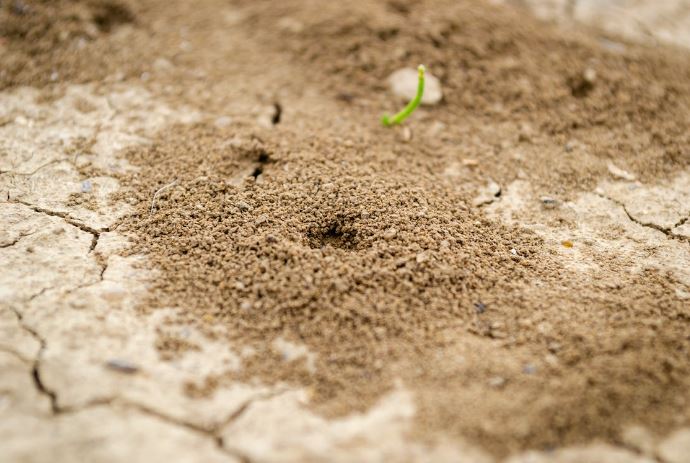The Silent Destroyers: How to Detect Termite Infestations Early
Termites – they may be tiny, but they have the potential to wreak havoc on your home silently and stealthily. These wood-destroying insects are a homeowner’s nightmare, causing billions of dollars in damage each year. The worst part? Often, you won’t even know they’re there until the damage is extensive. But fear not because this article is going to discuss the warning signs and preventive measures you can take to identify and address termite problems before they escalate into a full-blown catastrophe. It will also discuss how professionals handle termite treatment for a more permanent solution.
Contents
The Stealthy Invaders
Termites are social insects that live in colonies, working tirelessly day and night to feed on cellulose-rich materials like wood, paper, and even certain types of plants. These insects are masters of disguise, and their cryptic behavior makes them incredibly challenging to detect until they’ve already done significant damage to your property.
Warning Signs of a Termite Infestation
Mud Tubes: One of the most telltale signs of a termite infestation is the presence of mud tubes on your walls or foundation. Termites use these tubes to travel between their nests and their food source, protecting themselves from predators and maintaining a humid environment.
Discarded Wings: Another sign of a termite infestation is the discovery of discarded wings near windowsills or on the floor. After swarming, termites shed their wings, leaving them behind as evidence of their presence.
Hollow-Sounding Wood: If you tap on a wooden surface in your home and it sounds hollow, it could be a sign of termite damage. Termites consume wood from the inside out, leaving a thin layer on the surface.
Damaged or Sagging Floors: Termite damage can cause wooden floors to become weak, leading to sagging or even collapsing in severe cases.
Visible Termite Workers: If you happen to spot worker termites, they are a surefire sign of an infestation. Worker termites are small, pale insects that can often be found near their feeding sites.
Droppings or Frass: Termite droppings, also known as frass, resemble tiny pellets and can often be found near termite nests or feeding areas.
Preventive Measures Against Termites
Now that you know what to look for, here are some preventive measures you can take to detect termite infestations early and protect your home:
Regular Inspections: Schedule regular termite inspections by a professional pest control service. They have the expertise and tools to identify even the subtlest signs of termite activity.
Keep Wood Away from Soil: Termites thrive in moist environments, so it’s essential to keep wood, mulch, and other cellulose materials away from direct contact with soil. Ensure proper ventilation in crawl spaces and basements.
Remove Moisture Sources: Fix any leaks or water drainage issues around your home promptly. Termites are attracted to moisture, so eliminating water sources will make your property less appealing to them.
Seal Cracks and Openings: Seal any cracks or openings in your home’s foundation, walls, and roof to prevent termites from gaining easy access.
Use Termite-Resistant Materials: When building or renovating your home, consider using termite-resistant materials like pressure-treated wood or metal barriers to deter termites.
Keep Firewood Away: Store firewood and wooden debris away from your home, preferably elevated from the ground.
Professional Solution
While prevention is crucial, sometimes termite treatment requires professional intervention. Pest control services have a range of effective treatments, including:
Liquid Termiticides: These are applied to the soil around your home’s foundation to create a barrier that repels or kills termites as they attempt to enter.
Bait Systems: Termite bait stations are strategically placed around your property to attract and eliminate termites. The bait is carried back to the colony, effectively eradicating it.
Fumigation: In severe cases, fumigation may be necessary. This involves tenting your entire home and using gaseous chemicals to eliminate termites.
Repellent Barriers: These are barriers made of termite-repellent materials that can be installed during construction or added later to deter termites.
In Conclusion
Termites may be silent destroyers, but armed with knowledge and proactive measures, you can protect your home from their destructive power. Regular inspections, vigilant monitoring, and timely professional treatment are your best allies in the battle against these wood-eating pests. By staying informed and taking preventative action, you can ensure that your home remains a termite-free sanctuary for years to come.




